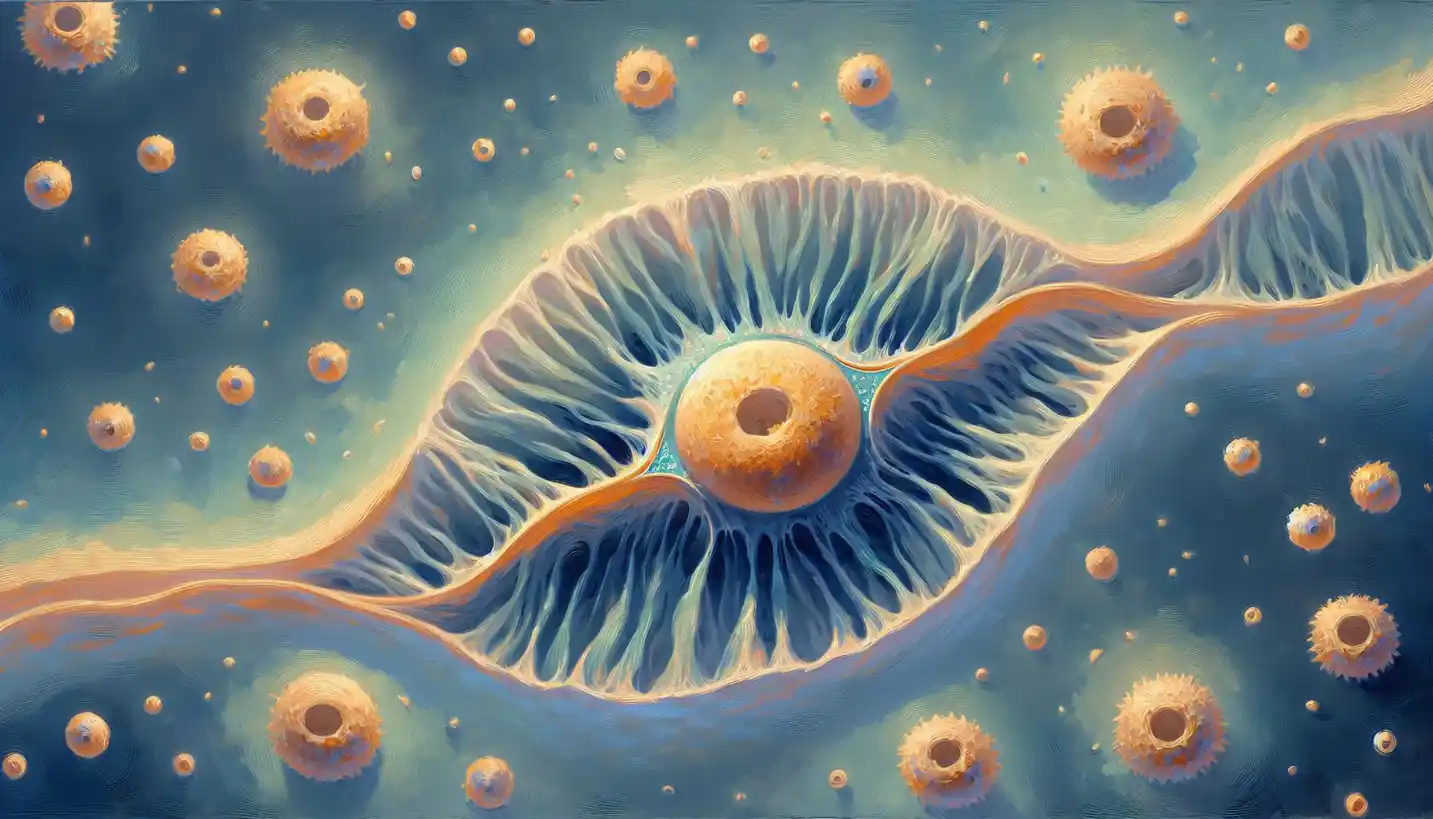· Biology · 4 min read
Emergent Properties: Unraveling the Mysteries of Systems Biology
Emergent properties reveal complex behaviors in biological systems. Dive into the mysteries of how simple components give rise to intricate life forms.

Picture an ant. It’s a simple creature, right? Yet, when thousands of ants work together, they can achieve extraordinary feats, like building intricate tunnels and farms. This phenomenon, where the whole becomes greater than the sum of its parts, is what we call an emergent property. In the world of systems biology, this concept helps us understand how complex behaviors arise from simple interactions in biological systems.
What Are Emergent Properties?
Emergent properties are characteristics that arise from the interaction of simpler elements within a system, properties you simply can’t deduce by looking at the individual parts alone. In other words, emergent properties are surprises hidden in the chorus of life, appearing when things come together in just the right way. It’s a bit like mixing a few basic ingredients to create a delicious cake—you can’t taste sugar, flour, or eggs separately, but together, they create something delightful.
In biology, these properties are key to understanding how molecules, cells, and organs collaborate to create life as we know it. They allow scientists to see beyond individual components and appreciate the marvel of how everything works together in intricate harmony.
How Does Systems Biology Play a Role?
Systems biology takes a holistic approach to research, diving into the interactions and relationships between various parts within an organism. Think of it as looking at the big picture instead of focusing narrowly on one piece of a puzzle.
By using systems biology, researchers can explore how genes, proteins, and other molecules interact within a cell to produce particular functions. It’s a way of deciphering the complicated how-to manual of life, understanding how everything ‘clicks’ together.
Through this lens, scientists can decode the complexities of diseases, find new drug targets, and develop personalized treatments. For instance, rather than just treating cancer symptoms, systems biology might help us understand the underlying networks causing the disease, allowing for more effective interventions.
Real-Life Examples of Emergent Properties
To grasp this concept better, let’s look at a few real-life examples from the biological world:
Bird Flocking Behavior: When you see birds flying in coordinated patterns across the sky, that’s an emergent property. Each bird follows simple rules—like maintaining distance from its peers and aligning with their velocity—leading to a beautiful, orchestrated flock.
Human Consciousness: Our consciousness arises from the interaction of countless neurons in the brain. No single neuron is responsible for consciousness, but together, they create the complex experience of awareness and thought.
Ecosystem Dynamics: In forests, various species interact in a web of relationships, contributing to the ecosystem’s overall function. This network allows ecosystems to adapt to changes, showing resilience that is much more than any single species can provide.
The Journey Through Complexity
Emergent properties emphasize the richness of life’s complexity. They remind us there’s much more than meets the eye, a complexity sometimes lost in traditional biology, which often focuses on isolated elements.
Understanding emergent properties involves advanced technologies and mathematical modeling, helping scientists simulate and visualize how different biological interactions unfold. Through these simulations, we gain insights into how small genetic changes can lead to significant health effects or how cell communication can result in remarkable processes like healing.
The Future of Emergent Properties in Research
Delving deeper into emergent properties could revolutionize many fields of research. For example, in synthetic biology, scientists could design organisms with desirable traits by considering their emergent properties, leading to advancements in medicine, agriculture, and biofuel production.
Moreover, understanding these complex interactions can aid in climate change predictions, offering insights into how ecosystems might respond to changing environments. As global challenges rise, the role of emergent properties in finding sustainable solutions becomes even more prominent.
Conclusion: Embracing the Unexpected
Learning about emergent properties is like embarking on an adventure into the unknown. It opens up questions about how life organizes itself in unexpected ways and leads to discoveries that challenge traditional thinking.
By embracing this concept, we can appreciate the magic in biological systems—how simple actions ripple into grand realities. These properties urge us to look beyond the obvious, explore the interconnections within systems, and marvel at life’s complexity.
As we continue to unlock these secrets through systems biology, we move one step closer to truly understanding the vast tapestry of life, with all its intricate patterns, surprises, and possibilities.



